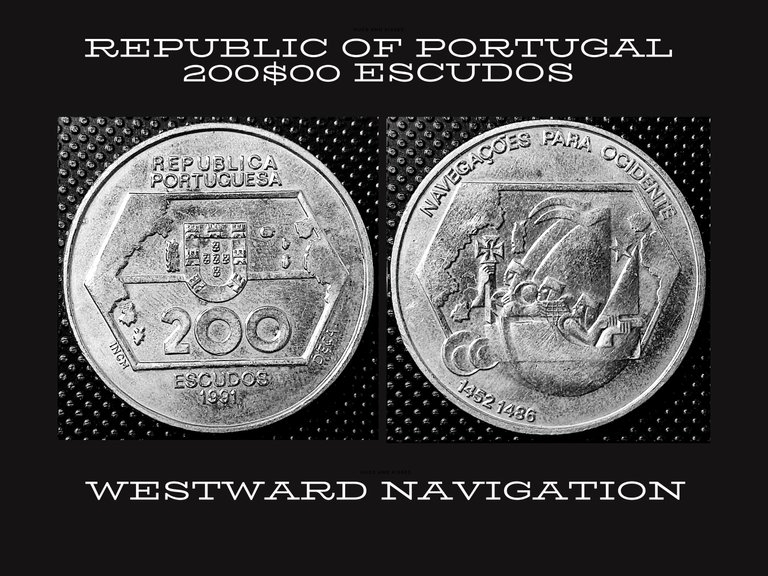
The 200 Escudos coin minted in 1991 commemorates the theme of Westward Navigation, a significant aspect of Portugal's maritime history and exploration endeavors.
Crafted from copper-nickel, an alloy consisting of approximately 75% copper and 25% nickel. With a diameter of 36 millimetersand weighing approximately 21.1 grams.
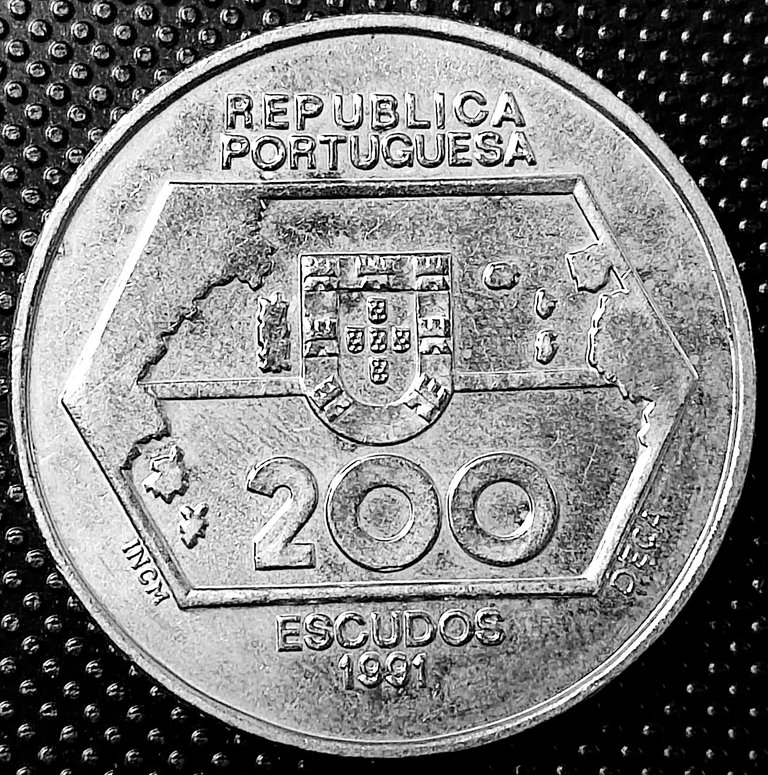
At the center of the field superimposed on a design of Toscanelli's hexagonal map, the national coat of arms, with the face value below, with the 200 still inside the map and escudos already outside the map 200 escudo” and the year 1991 along the exergue, at the top above the map the legend "República Portuguesa" in two lines, at the lower side corners of the hexagonal map, on the left the initials of the imprensa nacional casa da moeda "incm" and on the right the signature of the author "deça" (Paulo Guilherme Deça Leal), on the edge smooth circle.
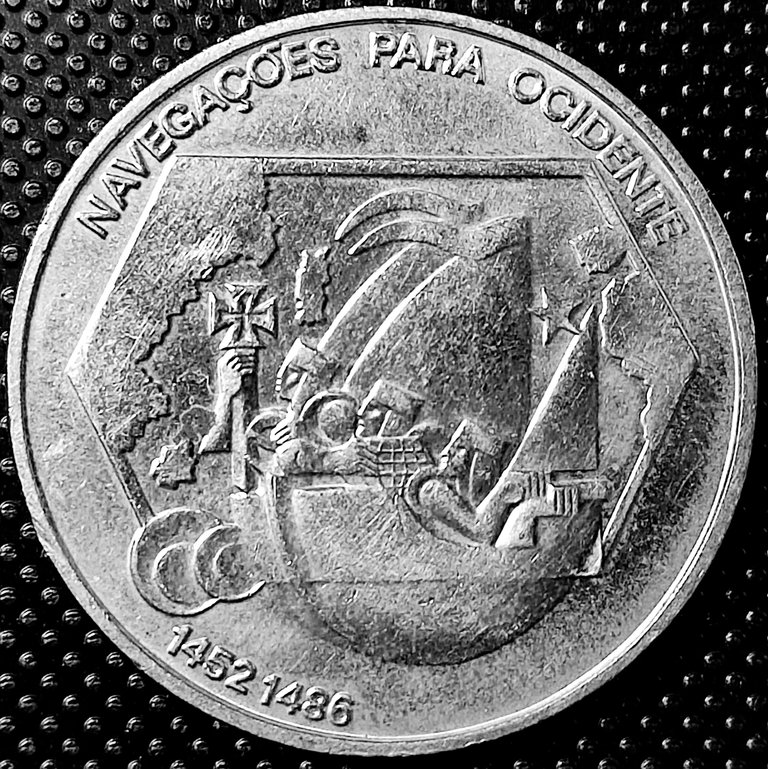
At the center, an allegory composed by, superimposed on a design of Toscanelli's hexagonal map, a ship heading westward, crewed by three sailors symbolically holding the helm, a nautical chart, an astrolabe, and a sword surmounted by the cross of the order of christ, between the sails a star and near the prow representations of the sun and moon or stars, at the lower left rim the dates "1452-1486" at the upper rim the legend "navegações para ocidente", on the edge smooth circle.
| SPECIFICATIONS | |
|---|---|
| PERIOD | Portuguese Republic (1986 - 2001) |
| YEAR | 1997 |
| COMPOSITION | Copper-Nickel |
| EDGE | Reeded |
| WEIGHT(g) | 21.1 |
| DIAMETER | 36mm |
| THICKNESS(mm) | 2.8 |
The 200 Escudos coin commemorating Westward Navigation serves as a tangible reminder of Portugal's illustrious maritime history and its role in shaping the course of global exploration. Its exquisite craftsmanship, symbolic design, and limited mintage make it a prized addition to any numismatic collection, honoring the spirit of adventure and discovery that defined Portugal's Age of Exploration.
History
The Portuguese stand as pioneers of oceanic exploration, venturing into the unknown with audacity and determination. Embarking on their westward navigation in the 15th century, they embarked on a journey that would forever alter the course of world history.
The dawn of Portuguese exploration can be traced back to the early 15th century when Prince Henry the Navigator, driven by a fervent desire for knowledge and wealth, established a school of navigation in Sagres, Portugal. Under his patronage, maritime technology flourished, and bold sailors set out to unravel the mysteries of the vast Atlantic Ocean.
Diogo de Teive, a seasoned Portuguese navigator, embarked on an expedition westward, guided by the prevailing winds and the stars. His voyage marked the beginning of a new era of exploration for Portugal, as he ventured further into uncharted waters, driven by the promise of discovering new lands and trade routes to the riches of the East.
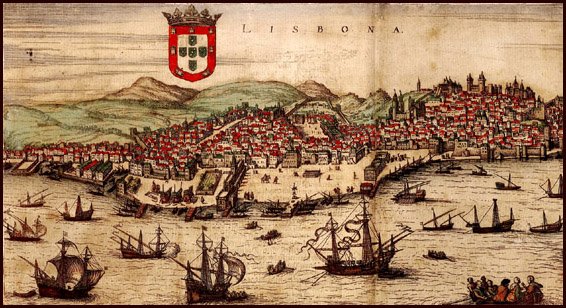
SOURCE
Over the following decades, Portuguese sailors continued to push the boundaries of known geography, braving treacherous seas and unknown dangers in their quest for discovery. Bartolomeu Dias became the first European to navigate around the southern tip of Africa, opening up a sea route to the Indian Ocean and beyond.
However, it was the legendary voyage of Vasco da Gama in 1498 that truly solidified Portugal's place as a maritime superpower. Sailing around the Cape of Good Hope, da Gama successfully reached the shores of India, establishing a lucrative trade route that would bring untold wealth to Portugal and forever change the dynamics of global commerce.
Buoyed by their successes in the Indian Ocean, the Portuguese turned their gaze westward once again, setting their sights on the vast expanse of the Atlantic. In 1500, Pedro Álvares Cabral stumbled upon the shores of modern-day Brazil, laying claim to this newfound land in the name of Portugal and opening up a new chapter in the history of European colonization.
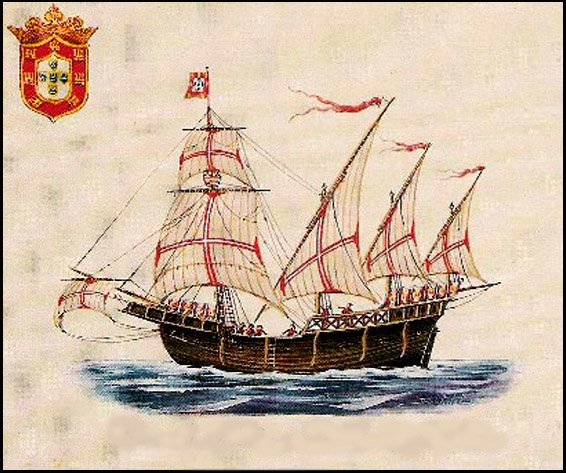
SOURCE
As Portuguese explorers continued to chart the waters of the Atlantic, they encountered new cultures, traded goods, and established settlements along the way. From the Azores to the Cape Verde Islands, they left their mark on the landscape, forever altering the course of history in their wake.
Yet, the legacy of Portuguese exploration is not without its controversies. The pursuit of wealth and power often came at a great cost, as indigenous peoples were subjugated, cultures were assimilated, and lives were lost in the name of conquest.
Despite these dark chapters, the westward navigation of the Portuguese remains a testament to the indomitable human spirit and the relentless pursuit of knowledge and adventure. From the windswept shores of Sagres to the distant shores of Brazil, their legacy endures as a beacon of exploration and discovery for generations to come.
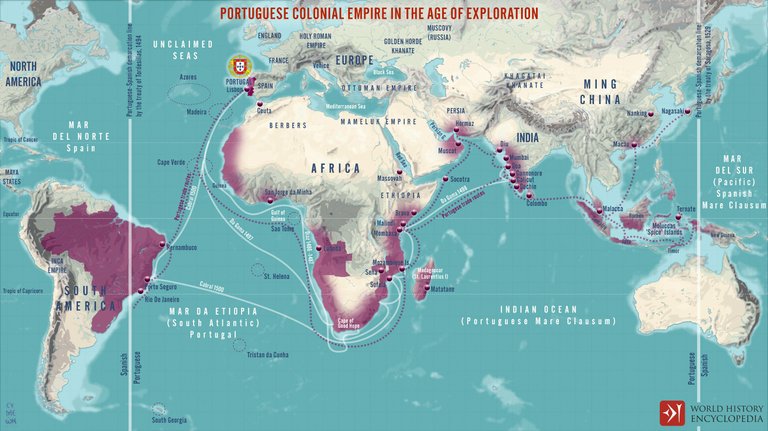
SOURCE
In this post all photos and text are authored by @portugalcoin!
➡️ Twitter
➡️ Brave Internet Browser
Images © 2024 @portugalcoin | All Rights Reserved

Welcome to my blog on Hive! Here, you'll discover various trips I've taken in Portugal, along with information about the main monuments, squares, streets, palaces, and more.
I'm also an avid collector of Portuguese coins, so feel free to exchange thoughts or information about numismatics with me. 🇵🇹🙏!
[Hive original]